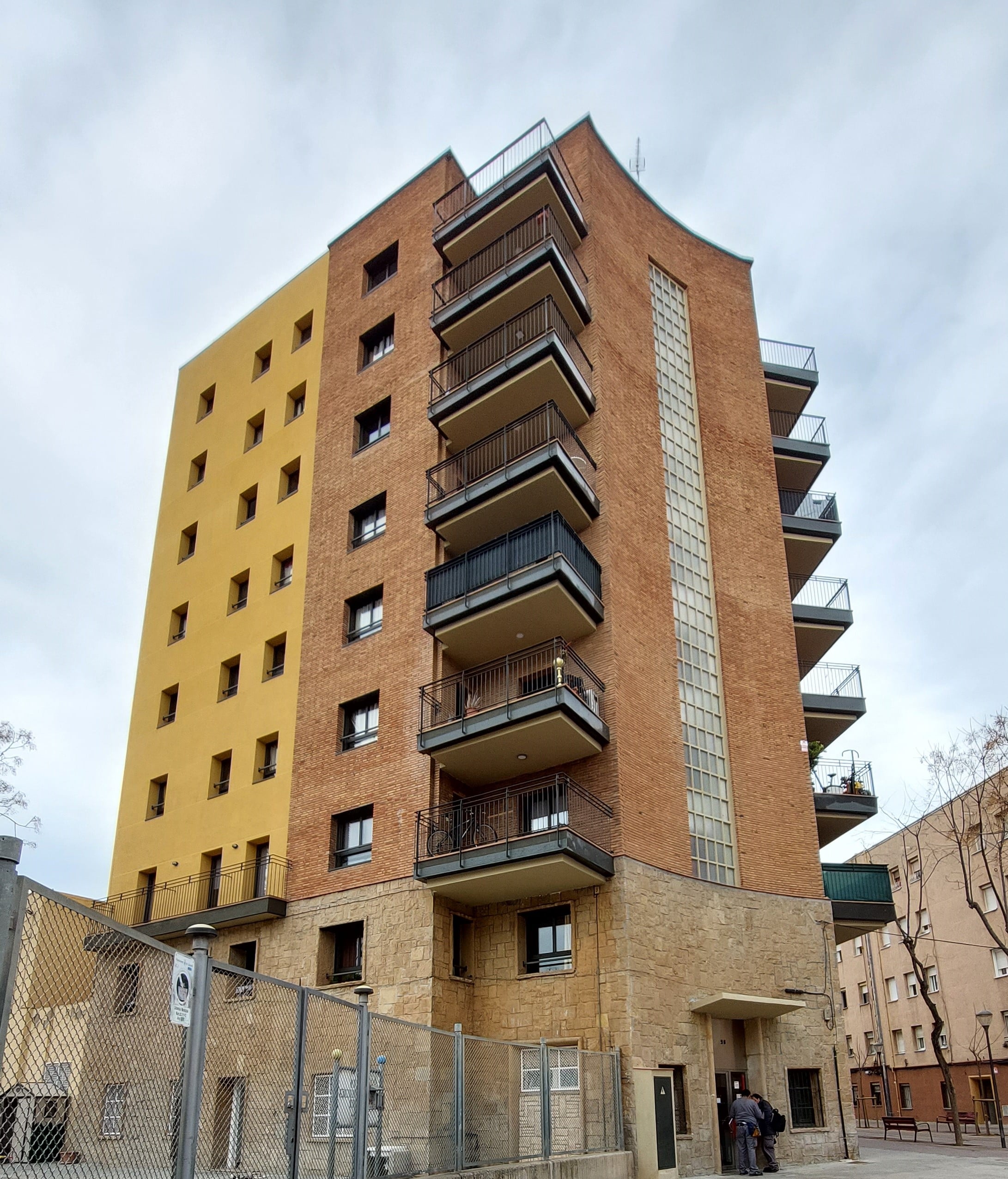Techno-optimism
Area: Design, planning and building
Techno-optimism refers to the belief that advances in technology will improve humanity, enhance quality of life, and solve critical problems including climate change, health issues and social inequality (Danaher, 2022). According to Danaher (2022), techno-optimism assumes technology will ensure “the good does or will prevail over the bad” (p.54). Techno-optimists believe that technological innovation is a key driver for economic growth and can provide solutions to many of the pressing challenges faced by contemporary society (Wilson, 2017).
Keary (2016) links faith in technological optimism to an unshakable commitment to economic growth. Technological change modelling (TCM), he argues, has shifted the terms of environmental debate, pulling efforts away from ‘green’ ecologism (associated with degrowth movements), and toward techno-optimism; a belief that mitigation pathways should rely on technological advancements. Techno-optimism emerges from enlightenment ideals, whereby reason and scientific progress are seen as pathways to improving human conditions and capabilities by overcoming “existential risk” (Bostrom, 2002) through technological advancements (Wilson, 2017).
Hornborg (2024) criticises techno-optimism for its failure to address ecological and social inequalities exacerbated by technology. Further, technological solutions often address symptoms rather than root causes, leading to a superficial treatment of complex problems (Wilson, 2017). Hornborg, using Marx’s commodity fetishism and World Systems Theory as his guide (Marx, 1990), seeks to unmask modern assumptions about what technology is. Both capitalists and certain left-wing thinkers exalt technology, viewing it as embodying human progress — a promethean mode of thinking. This overlooks, however, the social relations and material, energetic, and metabolic flows needed to maintain technological systems. Technology needs a “sociometabolic reconceptualization” (Hornborg, 2024, p. 28). Historically, technological progress in the world’s industrial core, was dependent on unequal social relations and colonial patterns of extraction from non-industrial peripheries. Shifting to green technologies, in Horrnborg’s view, will involve repeating these inequities: sugar-ethanol, or electric powered cars, for instance, will rely on exploited land in Brazil and the cobalt-rich Congo. “High tech cores versus their exploited peripheries” (Hornborg, 2024, p. 38), recasts the colonial industrial core-periphery dynamic (Wolf et al., 2010), exacerbating ecological and social inequalities.
By attributing too much power to technology itself, techno-optimists may neglect the need for conscious and deliberate governance of technological change (Bostrom, 2002, p. 11). Further, it is crucial to maintain a balanced perspective that recognises both the opportunities and the limitations of technological advancements (Wilson, 2017). Social, political, and cultural contexts must shape technological outcomes. Danaher (2022) argues through collective effort, it is possible to create the right institutions and frameworks to guide technological development towards beneficial ends.
Technological innovation plays a key role in deep energy retrofit (DER), which relies on three main technical improvements to reach end point performance targets, measured in kWh/m2/year: increased thermal insulation and airtightness; improving the efficiency of systems such as heating, lighting, and electrical appliances; and installation of renewables such as photovoltaics (Institute for Sustainability & UCL Energy Institute, 2012). Techno-optimism in DER has led to the widespread adoption of ground source and air source heat pumps, such as mechanical heat and ventilation systems (MVHR) (Traynor, 2019), to mechanically stabalise indoor air temperatures (Outcault et al., 2022), LED lighting smart systems (Bastian et al., 2022), and upgraded systems for heating and hot water (Roberts, 2008).
There are many concerns with techno-optimism in DER: (1) the gap between predicted and actual energy performance can reach as high as five times the prediction (Traynor, 2019), (2) the adoption of techno-optimism does not consider the certainty of technological obsolescence, (3) inoperable windows due to mechanical heating and ventilation increases the risk of future overheating, and cooling costs, and (4) DER disregards architectural vernacular and passive energy strategies, including cross ventilation, thermal mass, and solar gains. In social housing retrofit, non-energy benefits including comfort, modernity, health, and safety, (Amann, 2006; Bergman & Foxon, 2020; Broers et al., 2022)—negated in techno-optimism—are often more important to social housing residents than energy-related benefits. Further, technological innovation in retrofit is often tested on social housing (Morgan et al., 2024), despite housing tenants from marginalised groups, to convince private markets to adopt technologies.
References
Amann, J. T. (2006). Valuation of Non-Energy Benefits to Determine Cost-Effectiveness of Whole-House Retrofits Programs: A Literature Review. http://aceee.org
Bastian, Z., Schnieders, J., Conner, W., Kaufmann, B., Lepp, L., Norwood, Z., Simmonds, A., & Theoboldt, I. (2022). Retrofit with Passive House components. Energy Efficiency, 15(1). https://doi.org/10.1007/s12053-021-10008-7
Bergman, N., & Foxon, T. J. (2020). Reframing policy for the energy efficiency challenge: Insights from housing retrofits in the United Kingdom. Energy Research and Social Science, 63. https://doi.org/10.1016/j.erss.2019.101386
Bostrom, N. (2002). "Existential Risks: Analyzing Human Extinction Scenarios and Related Hazards." Journal of Evolution and Technology, 9(1). Retrieved from http://www.jetpress.org/volume9/risks.html
Broers, W., Kemp, R., Vasseur, V., Abujidi, N., & Vroon, Z. (2022). Justice in social housing: Towards a people-centred energy renovation process. Energy Research and Social Science, 88. https://doi.org/10.1016/j.erss.2022.102527
Danaher, J. (2022). "Techno-Optimism: An Analysis, an Evaluation and a Modest Defence." Science and Engineering Ethics. doi:10.1007/s13347-022-00550-2.
Hornborg, A. (2024). Beyond prometheanism: Modern technologies as strategies for redistributing time and space. Environmental Values, 33(1), 28–41. https://doi.org/10.1177/09632719231209744
Institute for Sustainability, & UCL Energy Institute. (2012). Retrofit strategies. Key Findings: Retrofit project team perspectives. https://www.instituteforsustainability.co.uk/uploads/File/2236_KeySummary03.pdf
Keary, M. (2016). The new Prometheans: Technological optimism in climate change mitigation modelling. Environmental Values, 25(1), 7-28.
Marx, K. (1990). Capital Volume I. Penguin Books.
Morgan, D. J., Maddock, C. A., & Musselwhite, C. B. A. (2024). These are tenants not guinea pigs: Barriers and facilitators of retrofit in Wales, United Kingdom. Energy Research and Social Science, 111. https://doi.org/10.1016/j.erss.2024.103462
Outcault, S., Sanguinetti, A., Dessouky, N., & Magaña, C. (2022). Occupant Non-Energy Impact Identification Framework: A human-centered approach to understanding residential energy retrofits. Energy and Buildings, 263, 112054. https://doi.org/10.1016/j.enbuild.2022.112054
Roberts, S. (2008). Altering existing buildings in the UK. Energy Policy, 36(12), 4482–4486. https://doi.org/10.1016/j.enpol.2008.09.023
Traynor, J. (2019). ENERPHIT: A step by step guide to low energy retrofit. RIBA Publishing.
Wilson, A. (2017). "Techno-Optimism and Rational Superstition." Techné: Research in Philosophy and Technology, 21(2), 342-362. doi:10.5840/techne201711977.
Wolf, E. R. (1982). Europe and the People without History. Univ of California Press.
Created on 14-10-2024 | Update on 07-11-2024
Related definitions
Affordability
Area: Policy and financing
Created on 27-08-2021 | Update on 20-04-2023
Read more ->Housing Retrofit
Area: Design, planning and building
Created on 16-02-2022 | Update on 23-10-2024
Read more ->Energy Retrofit
Area: Design, planning and building
Created on 23-05-2022 | Update on 23-10-2024
Read more ->Indoor Thermal Comfort
Area: Design, planning and building
Created on 20-09-2022 | Update on 23-10-2024
Read more ->Energy Poverty
Area: Policy and financing
Created on 17-10-2023 | Update on 23-10-2024
Read more ->Environmentally Sustainable Social Housing
Area: Design, planning and building
Created on 19-06-2024 | Update on 23-10-2024
Read more ->Prebound Effect
Area: Design, planning and building
Created on 20-06-2024 | Update on 23-10-2024
Read more ->Energy Communities
Area: Design, planning and building
Created on 14-10-2024 | Update on 23-10-2024
Read more ->Related cases

HOUSEFUL: Els Mestres, Sabadell
Created on 12-03-2025

